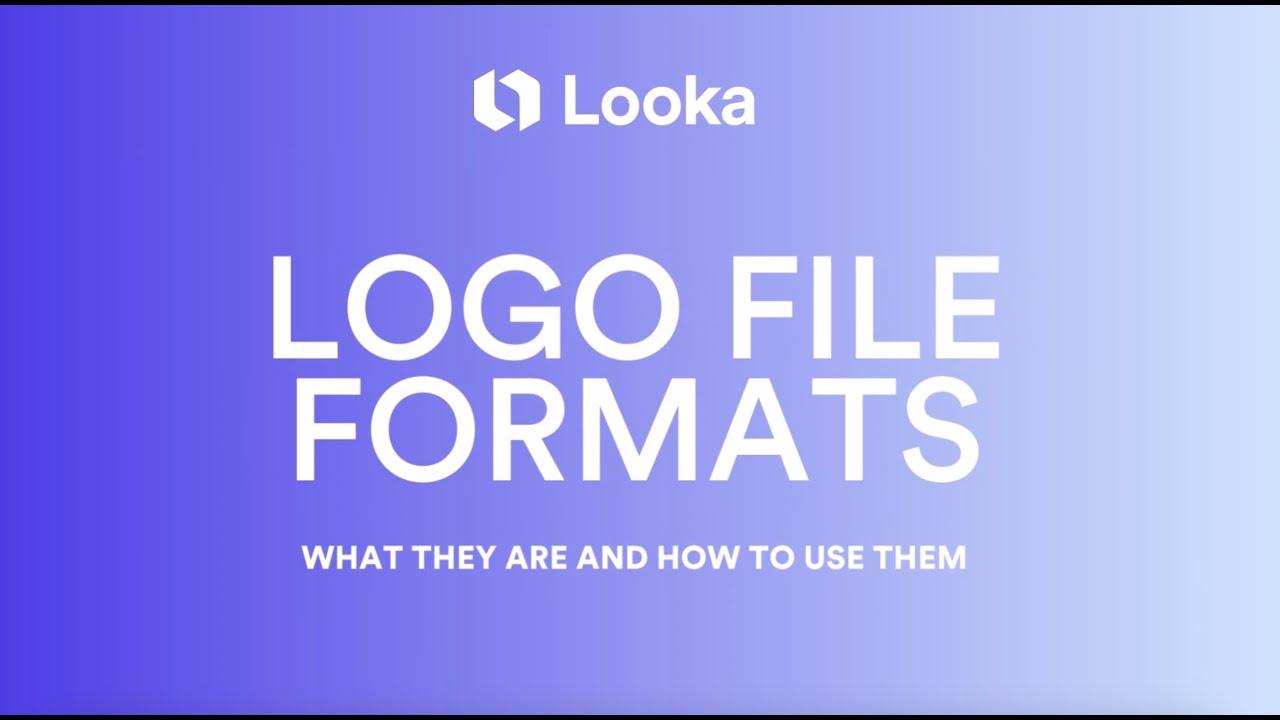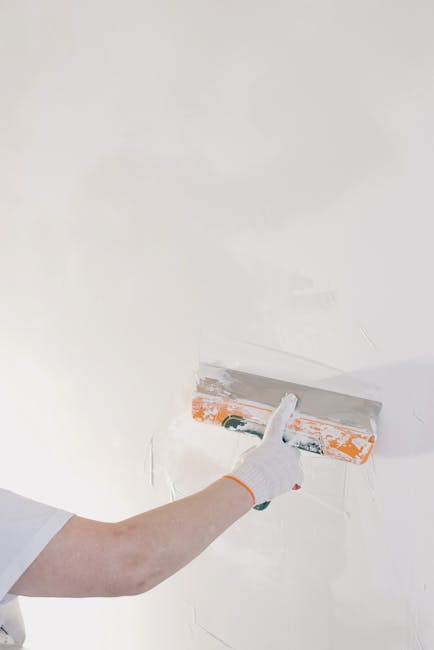
Are you tired of your logos looking like they were designed by a drunk pixel painter? Have you ever wondered why your website takes longer to load than a sloth on NyQuil? Fear not, dear reader, for we have the key to unlocking the mystical world of SVG optimization. Join us on a magical journey as we explore the secrets to creating sleek and efficient logos that will make your competitors green with envy. So grab your magnifying glass and your sense of humor, because we’re about to dive deep into the fascinating world of mastering SVG optimization for logo design.
Understanding SVG Format for Logo Design
So, you wanna design some fancy logos, huh? Well, buckle up, buttercup, because we’re diving into the world of SVG format for logo design! SVG stands for Scalable Vector Graphics, which is a fancy way of saying your logo will look 🔥 no matter how big or small you make it.
With SVG, you can create logos that are crispier than grandma’s apple pie. This format uses mathematical equations to draw shapes and lines, which means no matter how much you stretch or shrink your logo, it won’t lose any quality. Talk about a logo that knows how to keep its cool!
Forget those pixelated nightmares of the past – SVG is here to save the day. Your logo will be as sharp as a ninja’s sword, ready to strike fear into the hearts of your competitors. Plus, with SVG, you can easily animate your logo for some extra pizzazz. Who knew logos could get so fancy?
So, next time you’re thinking about designing a logo, remember the power of SVG. Your logo will thank you for choosing a format that’s as versatile as a chameleon at a rainbow convention. Say goodbye to blurry images and hello to sharp, sleek designs that are sure to turn heads.
Key Benefits of Optimizing SVG Files
SVG files may seem small and harmless, but don’t underestimate the power of optimization! It’s like giving your files a superhero cape to fly faster and better. Here’s why optimizing SVG files is a total game-changer:
- Lightning-fast load times: Say goodbye to waiting for ages for your graphics to load. Optimized SVG files are lean, mean loading machines that will make your website zoom like The Flash.
- Improved SEO: Search engines love a well-optimized site, and that includes SVG files. By slimming down your graphics, you’re telling Google, “Hey, check out how awesome and organized I am!”
- Enhanced user experience: Nobody likes a laggy website, especially when it’s chock-full of clunky graphics. By optimizing SVG files, you’re ensuring your users have a smooth and seamless browsing experience that’ll make them want to stay forever.
So, if you want to level up your website and make it shine brighter than a diamond-encrusted cape, optimizing SVG files is the way to go. Trust us, your site will thank you, your users will thank you, and who knows, maybe even Batman will give you a high-five.

Techniques for Minimizing SVG File Size
Some clever ways to make your SVG files lose that extra weight and become lean mean vector machines:
– **Simplify your shapes**: Instead of using a hundred anchor points to draw a simple line, try to keep it simple. Your SVG will thank you for it.
- **Use fewer colors**: Just like a wardrobe full of neutrals, a reduced color palette can make your SVG file look chic and also shrink its size.
– **Optimize text elements**: Instead of outlining all your text like a paranoid secret agent, consider keeping them as text elements. Your file will be slimmer and your FBI agent will appreciate the simplicity.
– **Clean up unused elements**: It’s like Marie Kondo-ing your SVG file. If an element doesn’t spark SVG joy, it’s time to say goodbye and hit that delete button.
Implementing Responsive SVG for Scalable Logos
So you want to make your logos responsive, huh? Well, look no further than using Scalable Vector Graphics (SVG) to achieve that. With SVG, your logos can scale up and down without losing quality or getting pixelated. It’s like magic, but for graphic designers.
To implement responsive SVG for your logos, follow these easy steps:
– **Start by creating your logo in SVG format**. If you already have a logo in a different format, convert it to SVG using a graphics editor like Adobe Illustrator or Inkscape. SVG is like the superhero of file formats, ready to save the day for your responsive design needs.
– **Insert your SVG logo into your HTML code**. Use the
- **Add some CSS magic**. Use media queries to ensure your logo stays looking sharp on all screen sizes. With a little CSS wizardry, your logo will adapt to any device, whether it’s a tiny phone screen or a massive desktop monitor. Who knew responsive design could be so easy?
So there you have it – with SVG, your logos can be as responsive as a well-trained puppy. Say goodbye to pixelated logos and hello to scalable, high-quality graphics that will make your website shine. Don’t be surprised if your logo starts getting fan mail – after all, everybody loves a responsive design.
Best Practices for SVG Optimization in Logo Design
So you want to make sure that your logo design is as sleek and optimized as possible? Well, look no further because we’ve got the best SVG optimization tips for you! Here are some best practices to keep in mind:
- Keep it simple: Complexity may be your jam, but when it comes to SVG optimization, less is definitely more. Stick to clean lines and minimal details to keep your logo looking sharp.
- Use vector shapes where possible: Vector shapes are your best friend when it comes to SVG optimization. They scale beautifully and keep your file sizes down, making for a snappy loading experience.
- Opt for inline styling: Keep your SVG code clean and lightweight by using inline styling. This way, your logo will look great and load quickly.
Remember, a well-optimized logo is a happy logo! By following these best practices for SVG optimization, you can ensure that your design stands out and loads quickly across all platforms. So go forth and create that killer logo – the SVG optimization way!
Testing and Validating Optimized SVG Logos
Ready to put your SVG logo to the test? Let’s dive into the thrilling world of . Strap in, it’s going to be a bumpy (but fun) ride!
First things first, let’s fire up our trusty web browser and take a gander at how our SVG logo looks in different sizes. Resize that bad boy and make sure it stays crisp and clear no matter what. **Pro tip**: If your logo starts looking like a pixelated monster, it’s time to go back to the drawing board.
Next, let’s check out how our SVG logo performs across various browsers. Chrome, Firefox, Safari, Opera – they’ll all want a piece of the SVG action. Make sure your logo plays nice with each and every one of them. **Bonus points**: Test it on Internet Explorer just for kicks.
Once you’ve confirmed that your SVG logo is looking suave and sophisticated in all its optimized glory, it’s time to run it through a validation tool. Make sure that SVG code is squeaky clean and error-free. Nobody likes a messy SVG file, after all. And voila! Your optimized SVG logo is now battle-tested and ready to conquer the web. Time to sit back, relax, and bask in the glory of your design prowess. You’ve earned it!
FAQs
Why should I bother optimizing SVGs for logo design?
Because nobody likes a slow website. Plus, optimizing your SVGs will not only make your logos load faster but also ensure they look sharp on any screen size.
How can I optimize SVGs for logo design effectively?
There are plenty of tools out there to help you out, like SVGO or SVGOMG. Just toss your SVG in there, let it work its magic, and watch your logo become lean and mean.
Will optimizing SVGs affect the quality of my logo?
Nope! Optimizing SVGs mainly strips out unnecessary code and metadata, leaving your logo looking just as crisp and clear as it did before – if not better!
Can I still make edits to my logo after optimizing the SVG?
Absolutely! Once you optimize your SVG, you can still open it up in your favorite vector graphic editor and make any tweaks or changes you desire. Just remember to re-optimize before using it on your website!
Is it really worth the effort to optimize SVGs for logo design?
Definitely! Taking the time to optimize your SVGs for logo design will not only improve your website’s performance but also show your logo some much-deserved love. So go ahead, give those SVGs a makeover and watch your logos shine!
In conclusion: SVG Optimization – Because your logo deserves to be make-over ready!
So there you have it, folks! By mastering the art of SVG optimization, you can ensure that your logo design is not only efficient but also effortlessly stylish. Remember, size does matter when it comes to logos, so keep those SVGs lean and mean. Happy designing, and may your pixels always be crisp and your vectors always be smooth!









